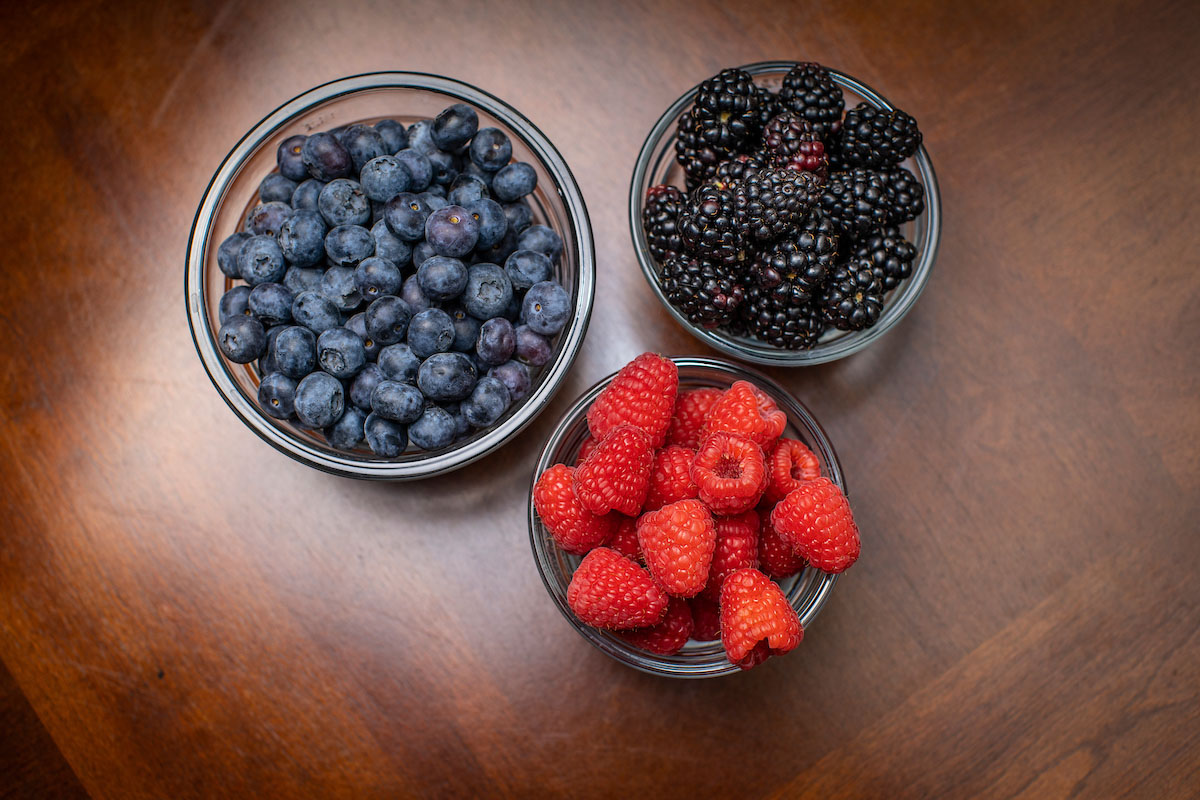Make Healthy Choices for After-School Snacking
After a long day behind the desk, school-age children likely will want a snack when they get home to tide them over until dinner time. However, parents don’t want their children to spoil their appetites for dinner.
Smart and healthy snacking can bridge the gap between meals, said Deana Hildebrand, Oklahoma State University Extension community health program leader.
“When snacking is done properly it can keep your whole family energized,” Hildebrand said. “The trick is to provide snacks that are just filling enough to curb hunger pangs until dinner is ready but that are also healthy. It also is a great idea to have snacks readily available that kids can get on their own.”
Hildebrand Suggests
- Fresh fruit
- String cheese
- Low-fat yogurt
- Cereal bars
- Graham crackers
- Pretzels
- Light microwave popcorn
- No-sugar-added frozen fruit bars
One of the key elements of snacking, as well as eating regular meals, is keeping an eye on portion size. Take the time to prepare single-serving snacks. Put single servings of acceptable snacks such as grapes or pretzels in the snack size zipper bags. Making single-serving snacks readily available can help eliminate overeating that easily happens with a large bag of chips or crackers.
“Many snacks such as yogurt, crackers, cheese sticks and applesauce can be purchased in single-serve size. While convenient, this type of packaging does cost more,” she said.
Parents need to set a good example when it comes to snacking. Older children may ride their bicycles to the local convenience store and purchase snacks that aren’t healthy. By modeling good food choices, children are more likely to make better choices for themselves.
When choosing a snack, encourage children to pick fruits or vegetables first. A fun way to eat fruits and vegetables is on a skewer, but remember younger children will need adult supervision when putting the fruit or vegetables on the skewers. Pair the skewers with a low-fat yogurt or other dips such as hummus.
Peanut butter on rice cakes, apple slices, celery sticks, pretzels or crackers is also a popular choice.
Children will be exercising their brains during the school day and at home while doing homework. It is important to remember physical exercise also is important, especially when coupled with healthy eating. Even if your child has a lot of homework, encourage at least 30 minutes of physical activity every day after school.
“When done correctly, healthy snacking can help with staying well and academic performance in school,” Hildebrand said. “Simply making the snacks healthy and accessible are important elements of a successful school year.”
OSU Extension offers additional healthy eating information online.

